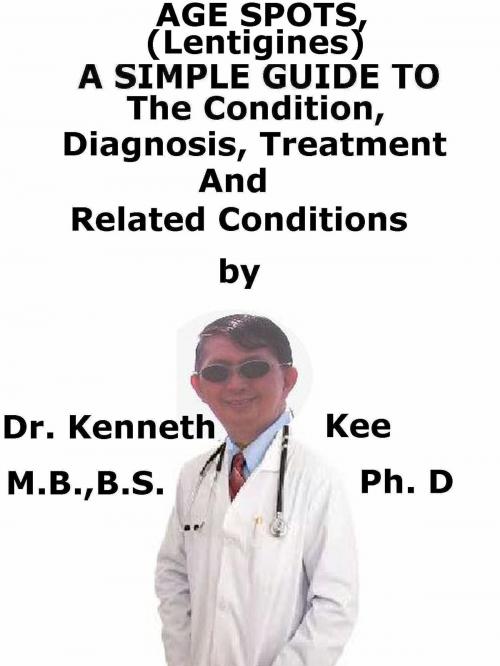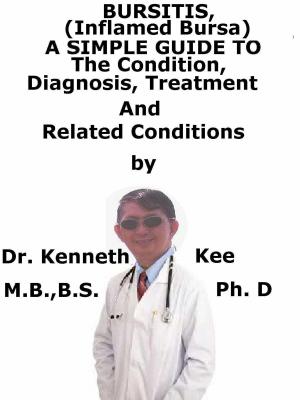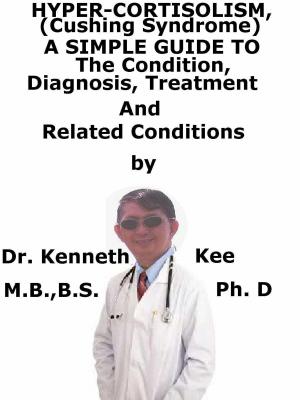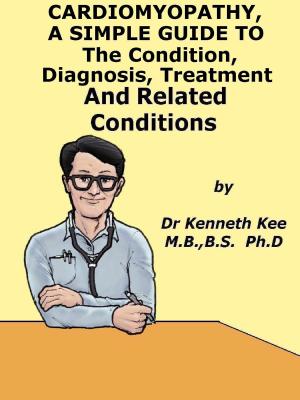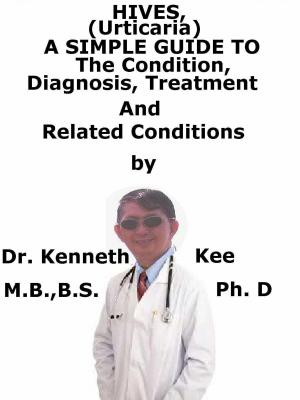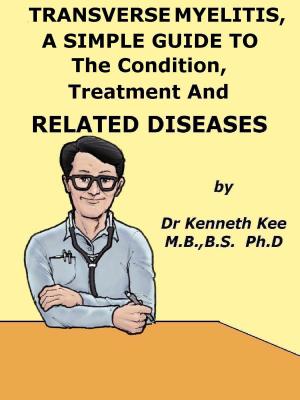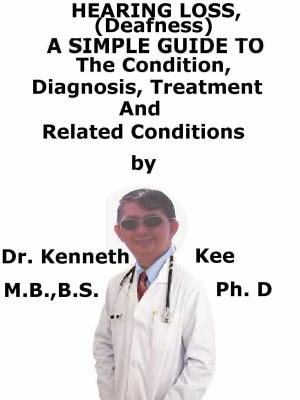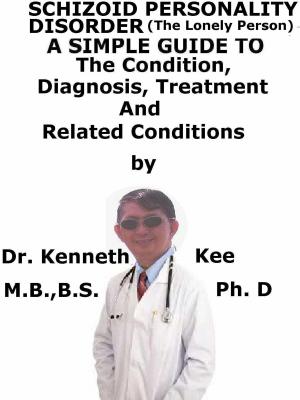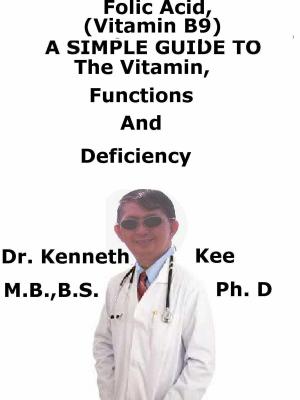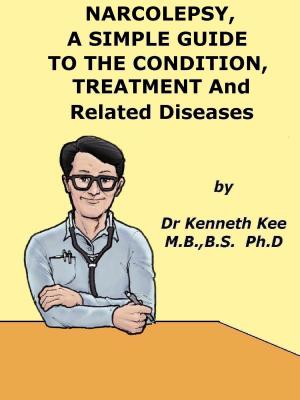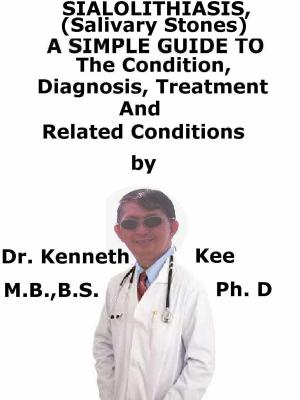Age Spots (Lentigines), A Simple Guide To The Condition, Diagnosis, Treatment And Related Conditions
Nonfiction, Health & Well Being, Medical, Specialties, Dermatology, Health, Ailments & Diseases, Skin| Author: | Kenneth Kee | ISBN: | 9781370431908 |
| Publisher: | Kenneth Kee | Publication: | October 24, 2017 |
| Imprint: | Smashwords Edition | Language: | English |
| Author: | Kenneth Kee |
| ISBN: | 9781370431908 |
| Publisher: | Kenneth Kee |
| Publication: | October 24, 2017 |
| Imprint: | Smashwords Edition |
| Language: | English |
Age spots
Age spots or Lentigines is a medical disorder that presents as flat, brown or black spots that can appear on areas of the skin that are exposed to the sun.
They do not darken following sun exposure (thus differentiating them from ephelides or true freckles).
These are also called liver spots but have nothing to do with the liver or liver function.
Age spots are alterations in skin color that appear in older skin.
The coloring may be due to aging, exposure to the sun or other causes of ultraviolet light, or etiologies that are not known.
Age spots are very common after age 40.
They occur most frequently on skin that has the greatest exposure to the sun, such as the:
1. Backs of the hands
2. Face
3. Forearms
4. Forehead
5. Shoulders
They are found on 90% of people over the age of 60, and are caused by exposure to UV rays.
Age spots were signs of photo-damage whereas there was a genetic component in true freckles
They may be any size from 5-20 mm and may be irregular in shape.
They occur in:
1. Young people on the shoulders, particularly those who have had a lot of sun exposure
2. The elderly on the sun-exposed sites such as the dorsum of the hands and forearms, the face and the neck.
The histopathology is hyperplasia of the epidermis and pigmentation of the basal layer
There are different forms of age spots found:
1. Lentigo simplex - the most frequent type, mainly seen in children and not linked with sun exposure.
The spots are 5-15 mm in diameter.
2. Solar lentigo - linked to sun exposure.
Normally observed on skin exposed to sunlight (e.g., face, hands), they are benign lesions,
Age spots
Age spots or Lentigines is a medical disorder that presents as flat, brown or black spots that can appear on areas of the skin that are exposed to the sun.
They do not darken following sun exposure (thus differentiating them from ephelides or true freckles).
These are also called liver spots but have nothing to do with the liver or liver function.
Age spots are alterations in skin color that appear in older skin.
The coloring may be due to aging, exposure to the sun or other causes of ultraviolet light, or etiologies that are not known.
Age spots are very common after age 40.
They occur most frequently on skin that has the greatest exposure to the sun, such as the:
1. Backs of the hands
2. Face
3. Forearms
4. Forehead
5. Shoulders
They are found on 90% of people over the age of 60, and are caused by exposure to UV rays.
Age spots were signs of photo-damage whereas there was a genetic component in true freckles
They may be any size from 5-20 mm and may be irregular in shape.
They occur in:
1. Young people on the shoulders, particularly those who have had a lot of sun exposure
2. The elderly on the sun-exposed sites such as the dorsum of the hands and forearms, the face and the neck.
The histopathology is hyperplasia of the epidermis and pigmentation of the basal layer
There are different forms of age spots found:
1. Lentigo simplex - the most frequent type, mainly seen in children and not linked with sun exposure.
The spots are 5-15 mm in diameter.
2. Solar lentigo - linked to sun exposure.
Normally observed on skin exposed to sunlight (e.g., face, hands), they are benign lesions,
